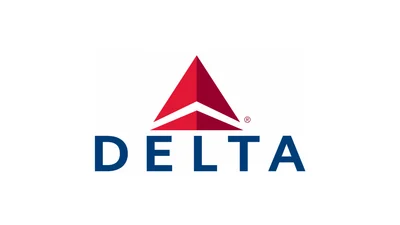The Boeing 777-300ER and the Boeing 747-400 are two of the most well-known widebody airliners in recent aviation history. The 777-300ER, currently the largest twinjet in service, is also the most successful variant of the Boeing 777 family. Its introduction contributed to the decline in demand for four-engine aircraft like the Boeing 747-400.
The Boeing 747-400 played a major role in expanding long-haul travel, making routes such as those between the US East Coast and Asia more accessible. Although earlier versions of the 747 were among the longest-ranged airliners of their time, by the time of its introduction, the 747-400's range was comparable to newer aircraft including the 777-300ER and Boeing 787.
While comparing these two models, it is important to note that although the 777-300ER is longer at 242 ft 4 in (73.86 m) compared to the 747-400’s length of 231 ft 10 in (70.7 m), other factors contribute to overall size. The wingspan of both aircraft is similar: 212 ft 7 in (64.80 m) for the 777-300ER and slightly less for the 747-400 at 211 ft 5 in (64.44 m). However, when it comes to maximum takeoff weight (MTOW), the advantage goes to the four-engine jumbo jet; the standard MTOW for a Boeing 747-400 is up to approximately 396.8 tonnes (with some variants reaching over 412 tonnes), while that of a Boeing 777-300ER is around 351 tonnes.
 Alerts Sign-up
Alerts Sign-up





































